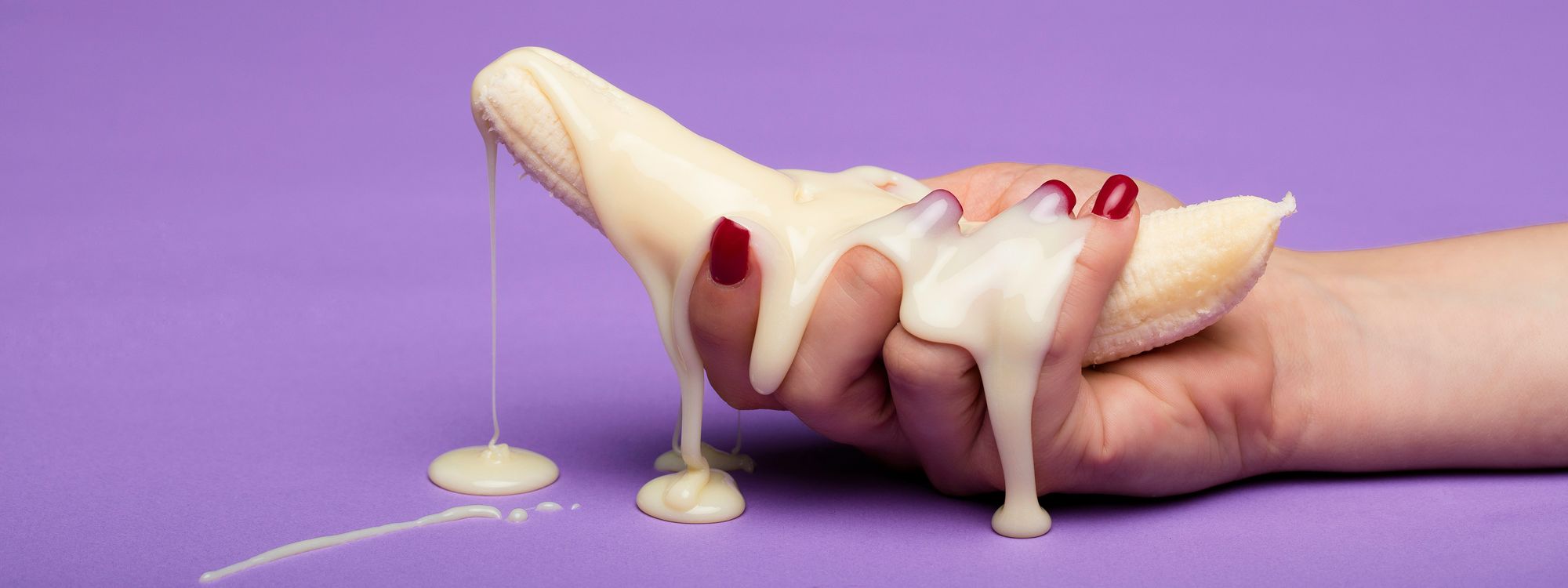
Premature ejaculation is a common sexual health issue that affects a significant percentage of men under the age of 40. While occasional instances are not a cause for concern, frequent occurrences can indicate an underlying pattern that may necessitate treatment. This post delves into the various types of premature ejaculation, exploring the potential causes and offering insights into this widely experienced but often misunderstood condition.
Premature ejaculation is typically defined as the occurrence of ejaculation prior to the desired time by either sexual partner. This definition intentionally avoids specifying a precise "normal" duration for sexual intercourse, recognizing that the duration can vary greatly due to a multitude of individual-specific factors, including biological, medical, relational, sociocultural, and psychological aspects.
Despite the stigma that often surrounds it, premature ejaculation is a treatable condition. A combination of medications, medical advice, and sexual techniques that delay ejaculation can significantly improve sexual experiences.
Premature ejaculation can be categorized based on when the condition began, the situations in which it occurs, and the timing of the ejaculation.
Primary premature ejaculation refers to cases where the condition has been present since the individual became sexually active. Secondary premature ejaculation, on the other hand, develops later in life after a period of regular sexual activity, unrelated to any general medical disorder or medication effects.
Situational premature ejaculation is limited to specific types of stimulation, situations, or partners. Conversely, generalized premature ejaculation is not limited to certain conditions and occurs whenever an intimate situation arises.
The severity of premature ejaculation is typically classified as mild, average, or severe, based on the timing of ejaculation after vaginal penetration.
The exact cause of premature ejaculation remains unknown. However, it's widely accepted that the condition involves a complex interaction of psychological and biological factors.
Several physiological mechanisms are thought to contribute to premature ejaculation. These include abnormal hormone levels, alterations in the dopamine and serotonin pathways involved in sexual behavior, genetic predisposition, high sensitivity of the penis, atypical nerve conduction, and inflammation or infection of the prostate or urethra.
Psychological factors also play a significant role in premature ejaculation. Some theories suggest that societal pressures condition men to reach orgasm quickly, a pattern that becomes difficult to change in long-term relationships. Other psychological factors that may contribute include early sexual experiences, sexual abuse, poor body image, depression, anxiety, and relationship problems.
Several factors can increase the risk of premature ejaculation. These include erectile dysfunction, stress, and fatigue. Emotional or mental tension can limit the ability to relax and concentrate during sexual intercourse, potentially leading to premature ejaculation.
There are effective remedies and strategies that can help manage or reduce PE. These can include behavioral techniques, lifestyle changes, counseling, and, in some cases, medical treatments.
Several non-medical approaches can help men gain more control over ejaculation:
Because premature ejaculation can have psychological components, such as anxiety, stress, or relationship dynamics, emotional and mental support is often key.
Involving both partners in treatment often improves outcomes and strengthens intimacy.
Overall well-being can influence sexual performance. Helpful measures may include: